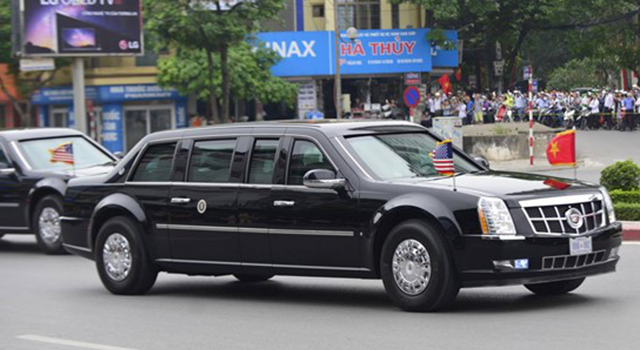
By Terrence Stoker
Despite media hype and according to recent stats, more South Africans have arrived safely this past festive season compared to the previous year. Whether this has been due to ramped up traffic policing, successful “Don’t Drink and Drive” campaigns, or simply good manners is uncertain. Individual safety as a road user, however, rests on slightly more tangible properties, which remain important for all.
Whether one is the head of state or an average driver, there are universal precautions one should take on the road. Due to it becoming a habit, most drivers do not realise just how they behave as drivers: travelling at more than 100 kilometres an hour, in a powerful metal contraption weighing more than a tonne (sometimes several).
What should amaze us is not that accidents happen, but how often they don’t. That most drivers arrive safely, unharmed and do no harm to others. If inconvenience and irritating is the worst result, we should be thankful.
But such safety did not come about by itself.
No difference toward protecting yourself and protecting the President.
Improved technology, better driving techniques and similar measures have all helped people reach their destination safely, as well as protected others, such as pedestrians.
Relying on our own abilities, as well as maintaining our vehicle’s reliability – through a major car service, frequent oil-and-water check ups, tire replacements, and so on – are within the grasp of most drivers, who do not have million-rand security details like presidents.
However, despite having vehicles with armour-plated fuel tanks and bullet-proof glass, this is all insufficient for safe driving, even for heads of state. Drivers must be alert, watchful, sober, calm as they transport the world’s most important people, as the United States Secret Service driver for President Bill Clinton makes clear. Yet, this applies to all drivers, all passengers and all pedestrians: they all deserve this “Secret Service” treatment from every driver.
Perhaps then we should all attempt to work on our safety to the point of reaching Presidential levels as much as possible. This doesn’t mean buying thick glass or bodyguards – it means checking your vehicle regularly, maintaining calm and sobriety, and remembering there are other road users. Though these behaviours sound simplistic, they are what keep people alive and have made our roads safer.
About the Author: Terrence Stoker is a long-time writer and researcher on risk management. With a keen interest in counter-intuitive, but scientifically-informed opinions, Terrence hopes to makes lives safer by one day reading the whole Internet.


